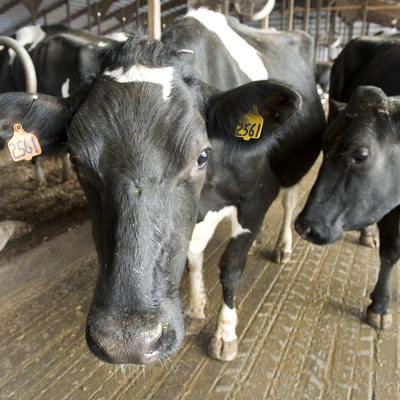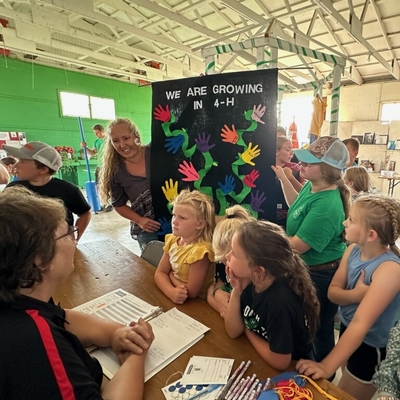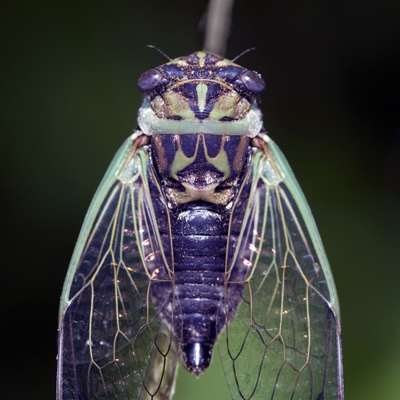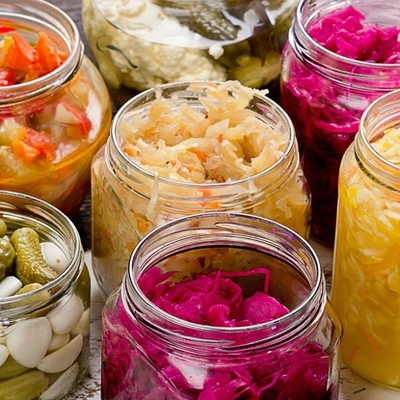
Veggie Rx program partners with local clinics and Minnesota Landscape Arboretum to prescribe fresh produce in Scott and Carver counties.

The state ambassadors have been busy attending state and national events, gaining valuable experience while representing Minnesota 4-H.
Lactating dairy cattle from herds that have tested positive for Influenza A are not eligible for interstate movement for 30 days from the most recent collection of any sample that tests positive from any individual animal in the herd.

The US Food and Drug Administration (FDA) announced that grocery store milk has tested positive for H5N1 fragments. Retail milk study results indicate that the commercial milk supply is safe.

United States Department of Agriculture Animal and Plant Health Inspection Service (USDA APHIS) issued a federal order requiring premovement testing for lactating dairy cattle crossing state lines beginning Monday, April 29, 2024.

Lindsay Dalluge's intentional programming ensures her club's youngest members, as well as first-generation members, feel comfortable and welcomed.

Parts of the country are set to see the emergence of high numbers of cicadas. What’s all the buzz about, and should Minnesotans be investing in earplugs?

University of Minnesota Extension Master Gardener volunteers share the bounty while getting whole communities out into the garden.

Extension’s Welcoming Communities assessment helps communities identify their strengths and weaknesses related to diversity and inclusion efforts.

Last month, Extension’s Food Safety team received a question about using vacuum-sealing jars to preserve foods. Learn more about the safety of these products and how they work.
Permission is granted to news media to republish our news articles with credit to University of Minnesota Extension. Images also may be republished; please check for specific photographer credits or limited use restrictions in the photo title.

